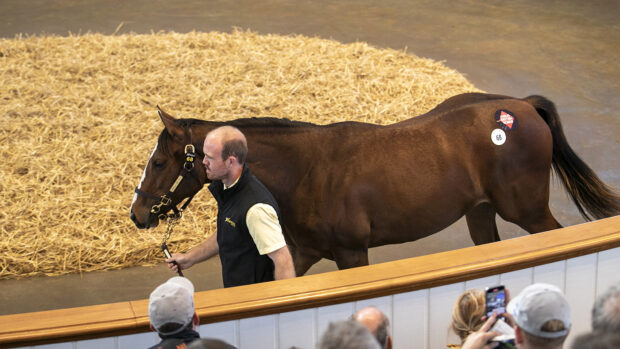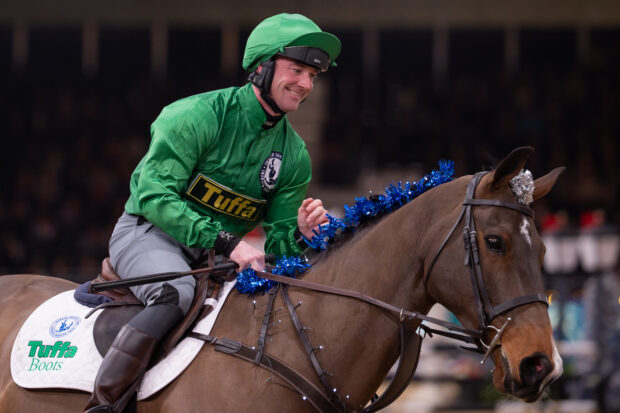Breeding national hunt horses is even more of an inexact science than breeding for the flat. Many flat breeders breed the best to the best and then hope for the best, but the cycle of producing jumping horses is often too lengthy for that.
If a stallion retires to stud aged five, he will be around 13 when his progeny compete over fences in any meaningful numbers. Even within this best-case scenario, some stallions will have died, while others will have been exported.
The most prized quality in any national hunt horse is its ability to jump, but such prowess is not necessarily hereditary. Add this to the detail that proven jumping sires are in the minority and it becomes clear that most jumping breeders must rely on guesswork.
When breeding national hunt horses, the sire’s soundness should be an important consideration — indeed, perhaps the most important. National hunt horses have been trained much harder in the past decade and a more arduous training regime is bound to have an effect on soundness.
The nature of jump racing has changed significantly in the past 15 years, with jump races now contested at greater speed from start to finish. This puts the staying-bred horse at an even bigger disadvantage in his formative years. He will almost certainly be taken off his feet by flat-breds over hurdles before coming into his own over birch. But before that happens, much can go wrong with their physical constitution. It is, in short, a risky business.
National hunt breeders keen on chasing-types are akin to flat breeders keen on middle-distance horses. These labourers of love are on the wane. Nevertheless, there is plenty of choice among the jumping sire ranks for breeders intent on producing chasing-types without bottomless stamina.
So much is down to personal preference. Mine, in order of importance, would be to patronise a stallion that was sound, then one that had good bone, and finally one with a high-class flat record at between 10 and 12 furlongs.
On the latter point, the vogue is for stallions that raced over even shorter distances — milers for instance. This might have some merit if the chosen mare descends from stamina-laden lines, but as a general rule, it rarely works when extremes are amalgamated within any pedigree. As with life itself, moderation is the key.



